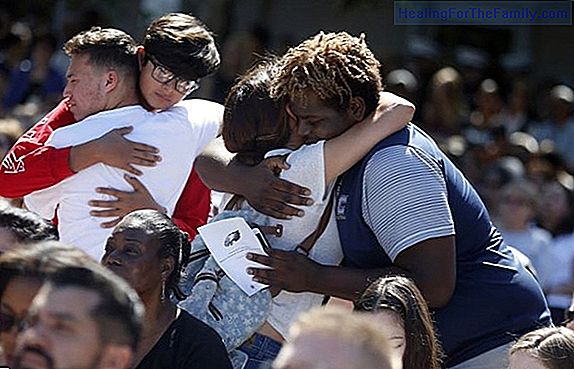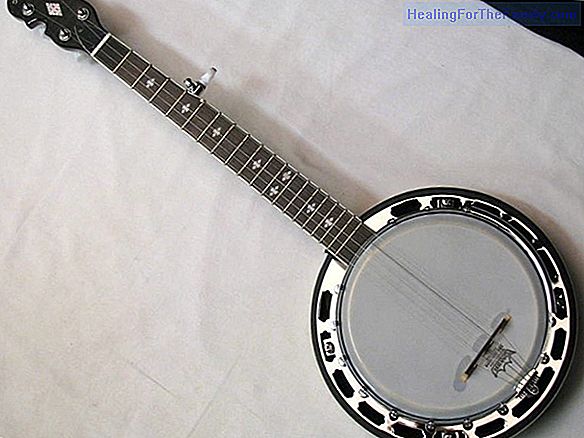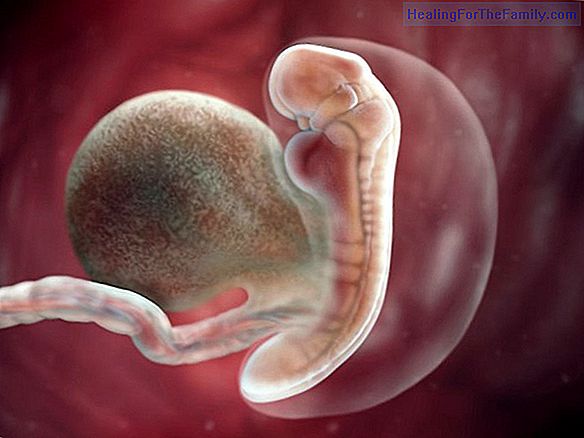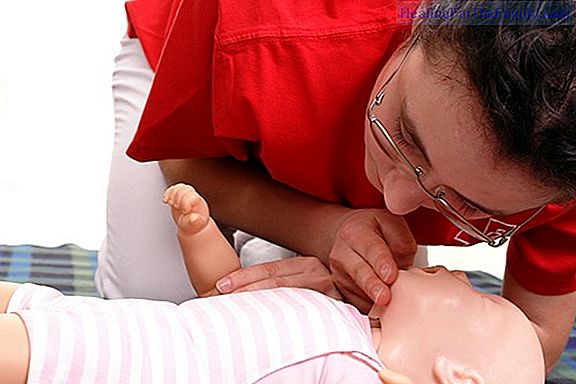Teach the child to separate from you without drama
One of the first dramas experienced by parents and children is the separation, either because, for example, the child starts the daycare, parents have to return to work, etc. . When this separation occurs in the first years of the baby's life, the usual thing is that these dismissals are full of tea
One of the first dramas experienced by parents and children is the separation, either because, for example, the child starts the daycare, parents have to return to work, etc. . When this separation occurs in the first years of the baby's life, the usual thing is that these dismissals are full of tears and tantrums. It is therefore important to teach the child to separate from you without dramas.
When separation anxiety appears in children
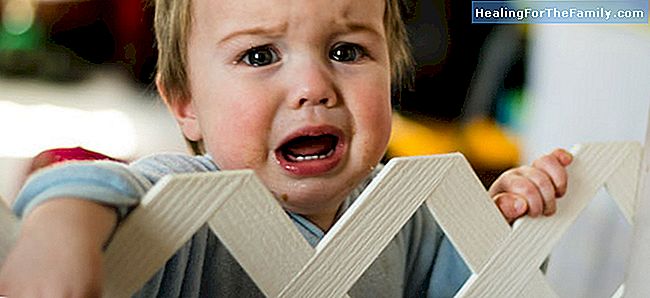
The key to this whole process is what we may call the syndrome of insecurity in children. Insecurity is a normal process that is naturally part of the children's development. It works in the following way: children like repetitions, they give them security. Thus, when there are changes in the environment or the environment where the child is living, the child, in search of its internal balance and being able to adapt to the changes that have taken place, offers answers in the form of pain, discomfort, fear and anguish. that paralyze it as a method of defense.
As children grow up they respond differently when they have to separate from their parents. Children in their maturation and development are acquiring new capabilities that will make them respond differently to the changes that are occurring in the environment and their environment. So:
- Before 6 months. When children are newborns we can see that babies adapt very well to other caregivers. Anxiety and anxiety appear more in adults than in children because at this time most babies adapt perfectly to other people as long as all their needs are met.
- Between 4 and 7 months. It is at this stage when children develop the permanence of the object. Children learn that what they can not see is not there. Therefore, if their parents escape their vision it means that they have disappeared. Also, they do not understand the concept of time, so they do not know their parents will come back. Thus, for example, for a baby of this age it does not matter if his attachment figure is in another room of the house or at work, or in another country since for the child it will be the same and will cry in response to the insecurity that it has been created.
- Between 8 and 12 months. Children are becoming more independent but feel insecure when separated from their parents. It is just at this stage when the separation anxiety develops, the children feel nervous when one of their parents tries to go. Children react by crying, clinging to their attachment figure and resisting being cared for by another person.
The age of onset of separation anxiety may vary from one child to another. In some children it may occur later, between 18 and 36 months, other children may never experience it. It can also be the case that the anxiety is triggered by the fact that there is a stressful event for the child such as: the birth of a brother, a move, start in a new nursery school, etc.
Guidelines to teach the child to separate from you
There are parents who choose to disappear without saying goodbye to the child, without realizing it to save themselves the anguish of seeing him cry, but even if it seems the best way to deal with the situation is highly discouraged.
Not listening to the child cry, does not mean that he will feel the separation less, but that it will get worse and cause the child to experience the feeling of abandonment and anguish.
The best thing will be for the parents to say goodbye and explain, even if it is too small, they will return in a short time. Even if this is an anguish for the adults and a tantrum for the children, the children will verify that what was said is true and a climate of trust will be created. To do it, the best thing is: Ir - Go preparing by notifying our march a few minutes before the farewell.
- Avoid sad faces
and worry. - When the farewell is given, give a kiss and do not prolong it. When the parents leave, they do not return and so on.
- If at the time of separation the child has remained distressed, call to see if it is better.



